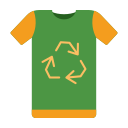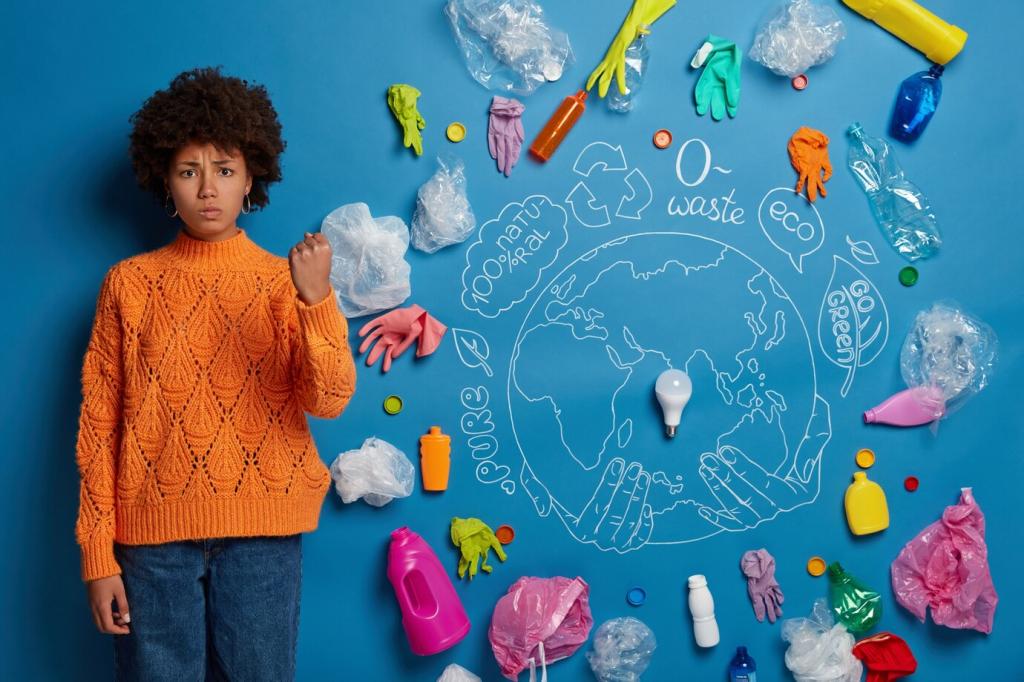Why Fabric Recycling Matters Now
Every year, mountains of clothing end up burned or buried, much of it barely worn. Globally, tens of millions of tonnes are tossed, while under one percent returns to new clothing. Fabric recycling interrupts this wasteful story with a smarter, circular plot.
Why Fabric Recycling Matters Now
Recycling fibers can reduce demand for virgin cotton and oil-based synthetics, easing pressure on land, water, and energy. It diverts waste from landfills, cuts climate pollution, and gives manufacturers reliable secondary materials that are ready for another stylish, durable life.






